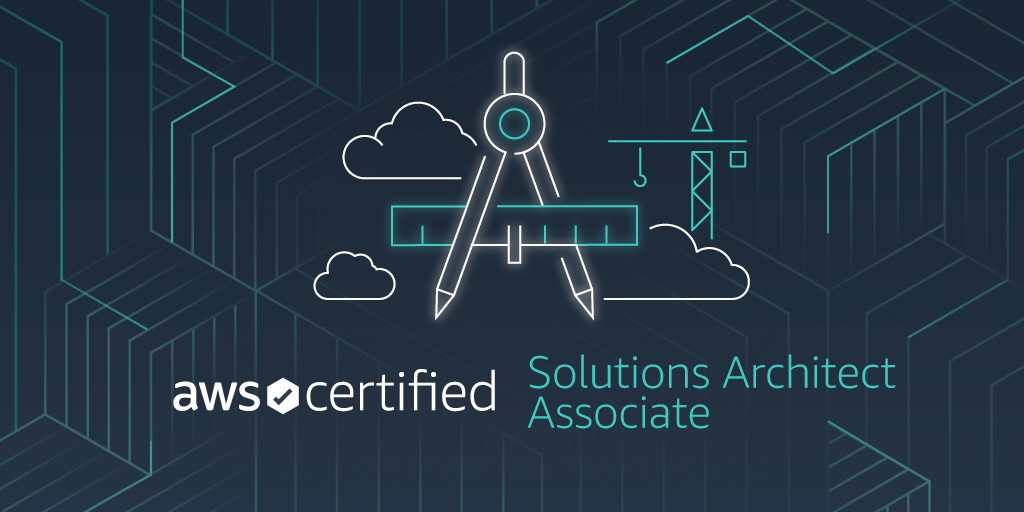Description
Introduction of AWS RDS Fundamentals
The AWS RDS Fundamentals: Database Management Essentials course is designed to provide a foundational understanding of managing relational databases using Amazon Relational Database Service (RDS). This training covers key concepts, tools, and techniques for creating, configuring, and maintaining highly available and scalable database environments. Participants will gain practical insights into optimizing database performance, ensuring security, and managing backups in the AWS ecosystem.
Prerequisites
- Basic knowledge of database concepts and SQL
- Familiarity with AWS core services (optional but beneficial)
- Understanding of cloud computing fundamentals
- Experience in any relational database system is helpful
- An AWS account for hands-on practice
Table of Contents
- Introduction to Amazon RDS
1.1 Overview of AWS Relational Database Services
1.2 Benefits of Using RDS for Database Management
1.3 Supported Database Engines - Setting Up and Configuring RDS Instances
2.1 Creating Your First RDS Instance
2.2 Configuring Networking and Security Groups
2.3 Understanding Parameter Groups and Option Groups - Database Backup and Recovery
3.1 Automated Backups and Snapshots
3.2 Manual Backups and Restore Processes
3.3 Implementing Multi-AZ Deployments for Disaster Recovery - Monitoring and Performance Optimization
4.1 Using Amazon CloudWatch for RDS Monitoring
4.2 Optimizing Queries with Performance Insights
4.3 Database Instance Scaling Strategies(Ref: Advanced AWS Security (ITT_M) Training for Professionals) - Database Security and Access Control
5.1 Securing RDS Instances with IAM and KMS
5.2 Enabling SSL/TLS for Database Connections
5.3 Managing Database Users and Roles - Managing High Availability and Scalability
6.1 Multi-AZ Deployments for High Availability
6.2 Read Replicas for Scalability
6.3 Migrating Databases Using AWS DMS - Database Maintenance and Operations
7.1 Managing Patching and Updates
7.2 Configuring Maintenance Windows
7.3 Handling Storage and Resource Limits - Cost Management and Pricing Optimization
8.1 Understanding RDS Pricing Models(Ref: Mastering AWS DevOps Engineering (ITT_M) For Professionals)
8.2 Cost-Saving Techniques for RDS Deployments
8.3 Using Cost Allocation Tags - Integrating RDS with Other AWS Services
9.1 RDS Integration with AWS Lambda and API Gateway
9.2 Using RDS with Amazon S3 for Data Storage
9.3 Connecting RDS to Analytics Services like Redshift - Hands-On Labs and Case Studies
10.1 Deploying a Multi-AZ RDS Instance
10.2 Optimizing Query Performance with Performance Insights
10.3 Configuring a Secure RDS Environment
Conclusion
This course equips participants with the essential skills to manage relational databases on AWS RDS effectively. By mastering database creation, configuration, and maintenance, professionals will be well-prepared to leverage AWS RDS for scalable, secure, and highly available database environments.







Reviews
There are no reviews yet.